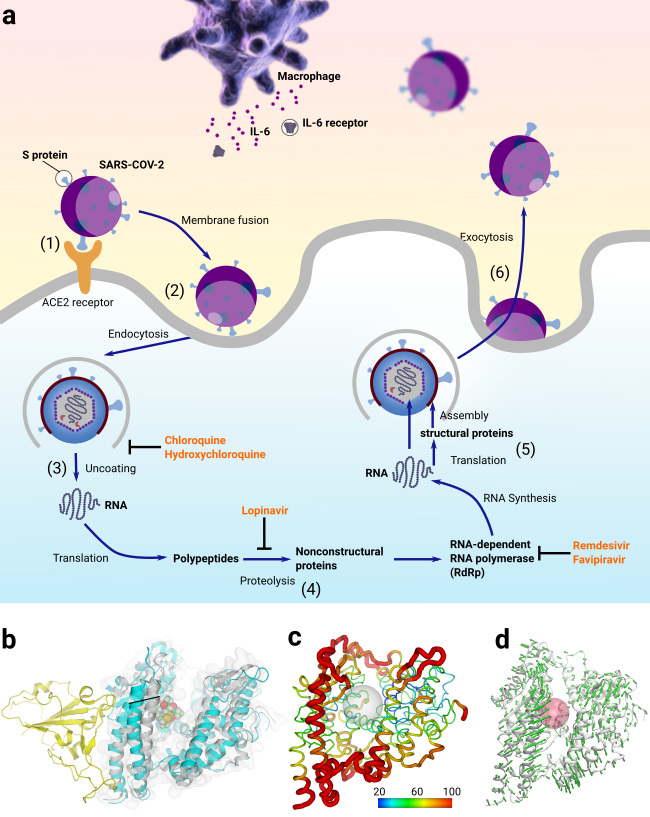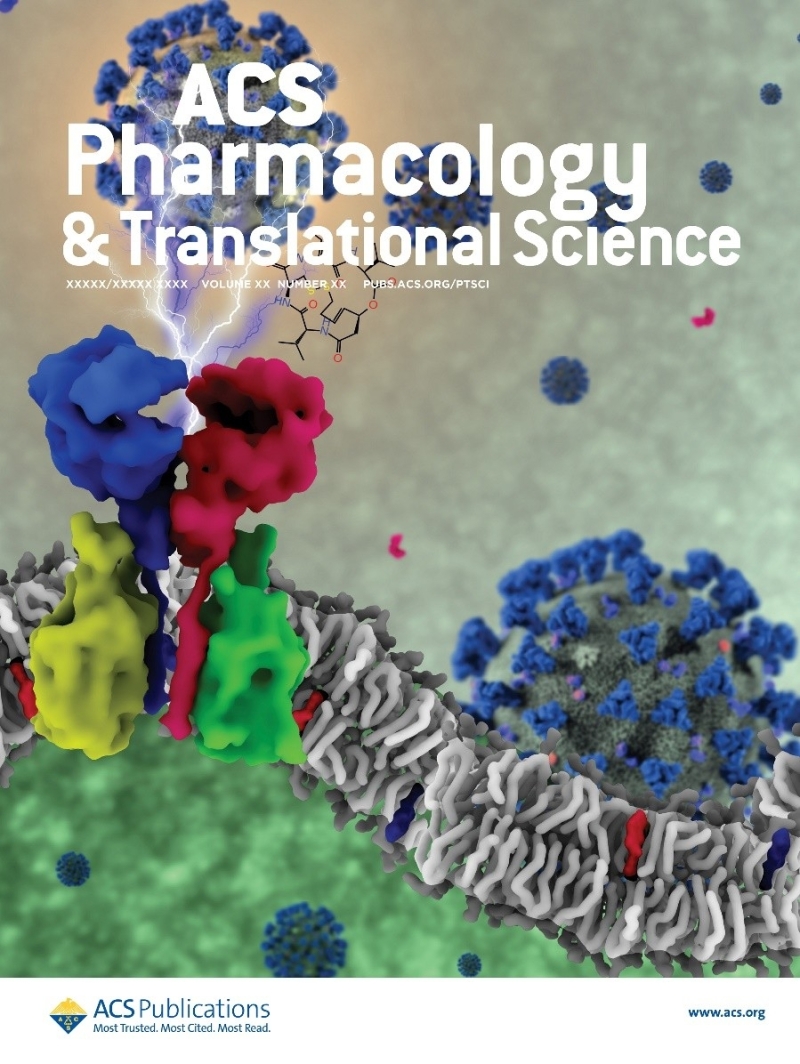Researchers Reveal Clinical Histone Deacetylase Inhibitors are Effective Drugs against COVID-19
Date:07-12-2020 | 【Print】 【close】
The Corona Virus Disease 2019 (COVID-19) caused by the severe acute respiratory syndrome coronavirus 2 (SARS-CoV-2) has posed serious health threats to humanity and jeopardized the global economy.
However, no effective drugs are available to treat COVID-19 currently and there is a great demand to fight against it.
By combining computational screening and an efficient cellular pseudotyped virus system, a research team led by Prof. YUAN Shuguang from the Shenzhen Institutes of Advanced Technology (SIAT) of the Chinese Academy of Sciences has confirmed that clinical histone deacetylase (HDAC) inhibitors can efficiently prevent SARS-CoV-2 and potentially be used to fight against COVID-19.
The researchers found that several HDAC inhibitors could bind to human angiotensin I converting enzyme 2 (ACE2) on the cell surface which in turn resulted in overall structural changes of ACE2. Since SARS-CoV-2 recognizes human ACE2 receptor by its Spike protein during viral infection, such alternations inhibited the ACE2-S protein binding and prevented host cell entry of SARS-CoV-2.
Inspired by this result, the team then screened 18 commercially available HDAC inhibitors and studied their efficacies in inhibiting the entry of SARS-CoV-2 into cells. They found that four inhibitors, i.e., panobinostat, givinostat hydrochloride monohydrate, CAY10603, and sirtinol are noticeably effective.
The lowest Half maximal effective concentration (EC50) of viral transduction inhibition achieved by these four HDAC drugs is about 3 μM, which is far less than EC50 obtained from other non-effective drugs (all more than 100μM).
The possible mechanism of these HDAC inhibitors making them effective against SARS-CoV-2 was revealed by the cellular signaling network analysis.
This work was published as a cover story in ACS Pharmacology & Translational Science.

Figure. (a) The life cycle of SARS-CoV-2 virus; (b) structural changes of ACE2 after Molecular Dynamics (MD) simulations. (Image by SIAT)

ZHANG Xiaomin
Email: xm.zhang@siat.ac.cn